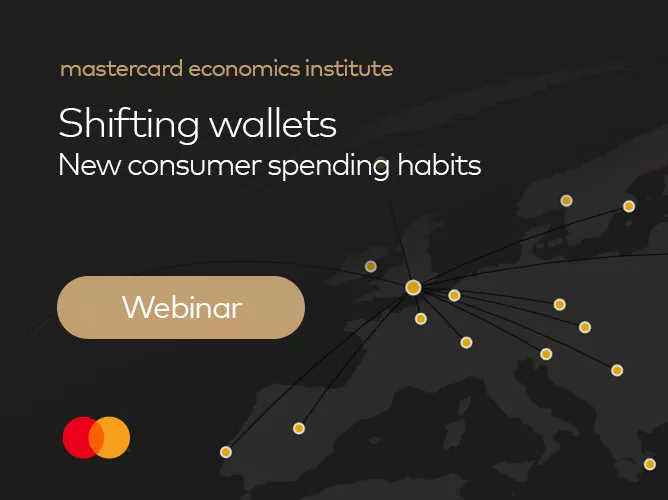Digital Assets have the potential to reshape financial services, with rapid innovation and interest from governments, businesses and consumers alike.
As the ecosystem continues to grow and evolve, join us in this 90-minute webinar for insights into the current state of the Digital Assets ecosystem, and explore what is truly at stake for banks and how they can rise to the opportunities in this emerging space:
- Examining the state and components of the Digital Assets ecosystem
- Understanding Asia’s consumer sentiments on crypto and the current global regulatory landscape
- Unpacking how banks are building their digital assets capabilities to enable new business opportunities around crypto (incl. payment cards/rewards), stablecoins, CBDCs, DeFi, NFTs and the Metaverse
- Overview of Mastercard Services capabilities and our credentials
Speakers:
 | Tancho FingarovSenior Principal, Advisors Business Development | |
 | Andre NgManaging Consultant, Advisors Business Development | |
 | Aditi SawhneyVice President, Product Management | |










